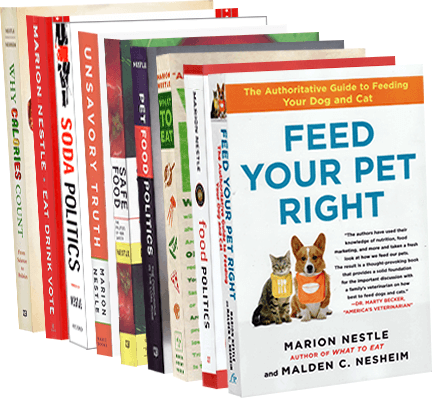From the NRA website:
“The NRA does not support legislation or regulation which requires mandatory nutritional labeling on menus or menu boards. Restaurants should have flexibility and freedom in how they may choose to provide nutrition data to their customers. The National Restaurant Association opposes any proposal that includes a one-size-fits-all menu-labeling approach.”
The site links to a nifty map of state and local proposals, as well as to summaries of pending legislation on this and other issues that worry the NRA. This group should be worried. It is fighting its customers who care about health, which seems like an odd business strategy.

